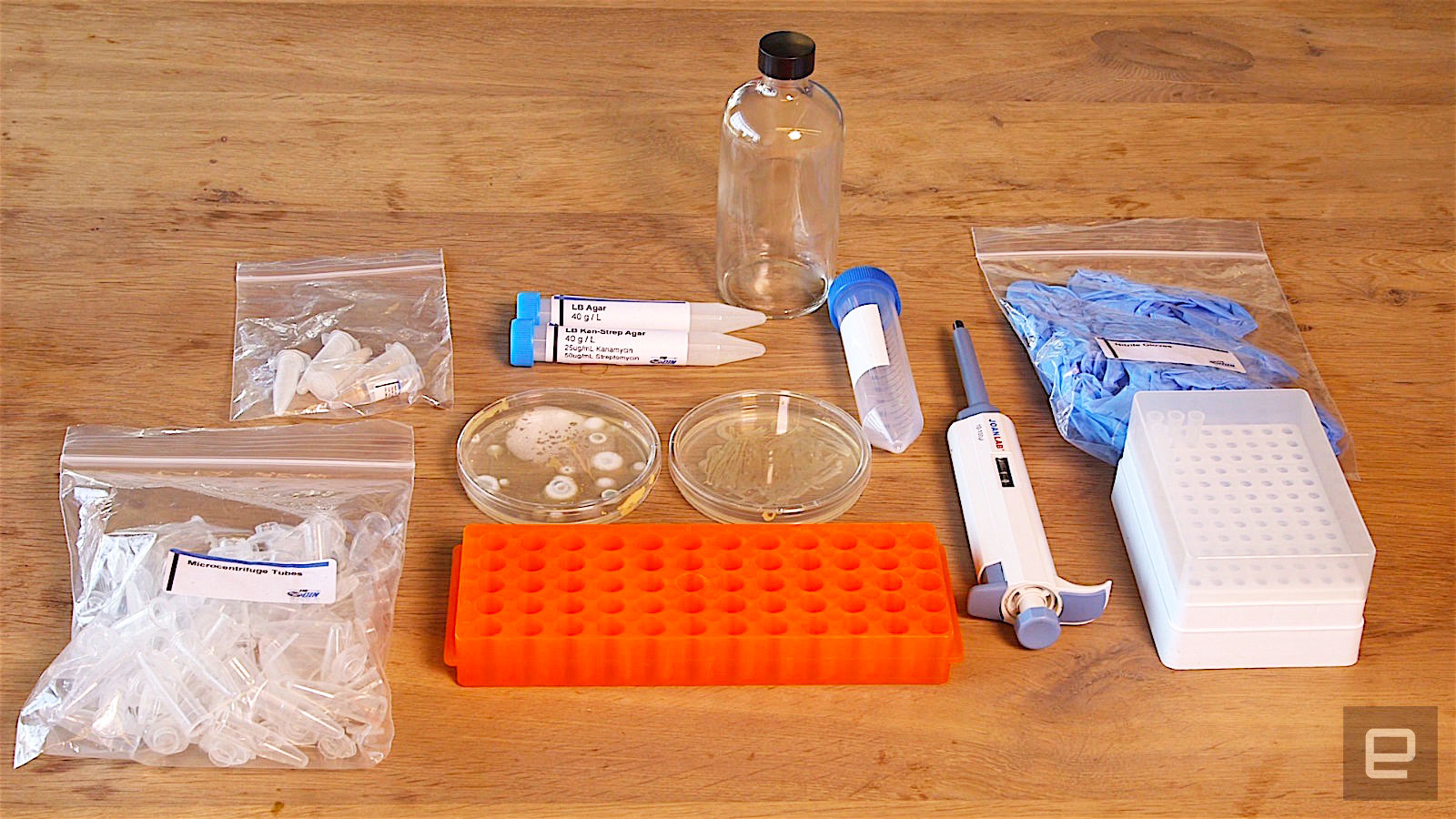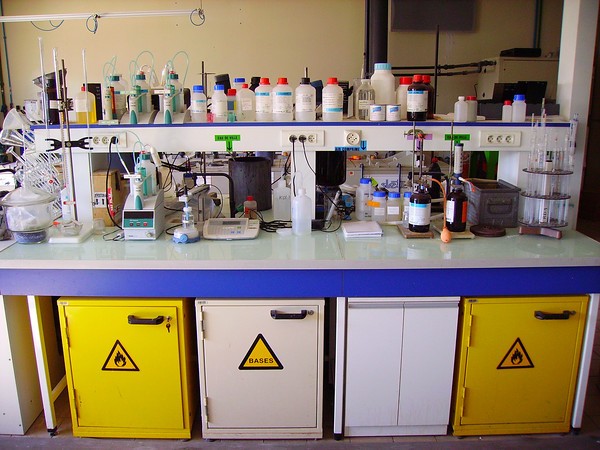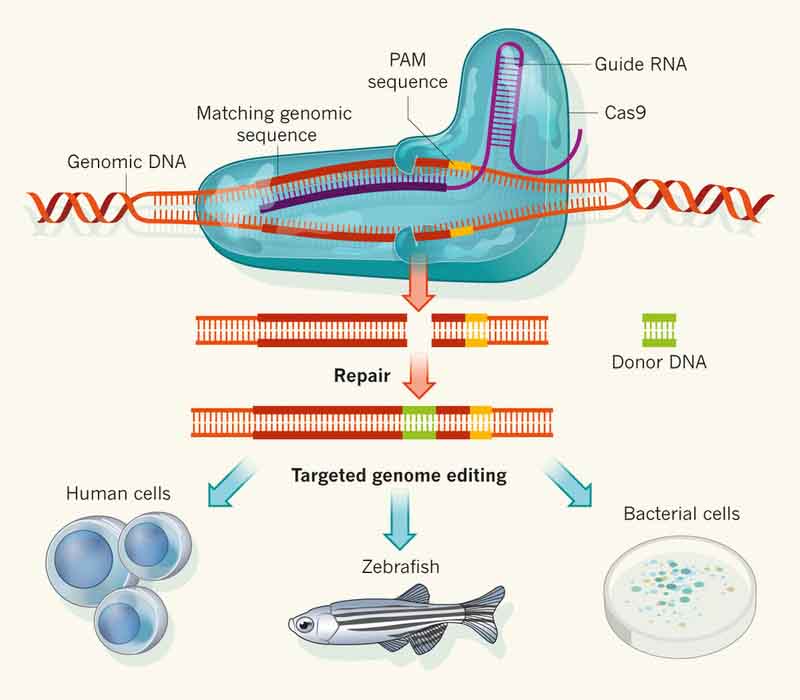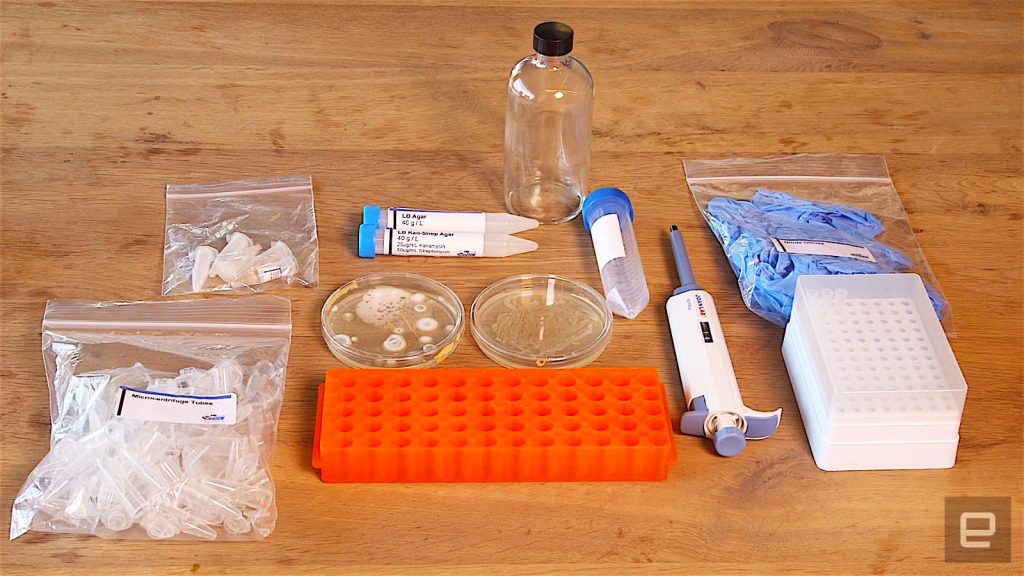Ready Or Not $200 At Home Gene Editing Kits Put Biohacking In The Home
News May 11, 2025 Damon Mitchell

Since 2015, one could buy an at home DNA editing kit, but the FDA recently took issue with at-home biohackers.
In January they proposed a bill that would constrain the activities of DIY genetic hackers. This is still fringe news, but you’re going to hear more and more about it as this bill moves forward.
The future of DNA re-sequencing and biohacking share common ground. If we can’t agree on what’s acceptable on that ground, we could create a war on biohacking.
The accessibility of the CRISPR-Cas9 system poses risks and benefits, but the reality of genetic manipulation is upon us already. We need a solution that doesn’t force insubordination from biohackers.
CRISPR
Some call it the CRISPR-Cas9 system, which beats the long version: Clustered Regularly Interspaced Short Palindromic Repeats. You can call it Crisper.
The Cas9 system is like super-tiny, automated scissors for cutting DNA. Cas9 exists a nuclease inside cells, something bacteria use to protect themselves from viruses. Cas9 can intercept the sequencing of those viruses, cutting out vital sequences, disabling them from replicating.
If they stop there, the Cas9 system functions well for disabling, but in 2012 scientists figured out how to do more with that opportunity. They figured out how to change the genetic sequences of DNA using the Cas9 system.
Programed Cas9 nuclease cut strands of DNA with undesired traits, for example, sickle cell anemia. The nuclease then implants new pieces of DNA in the sequence, creating a repaired strand which can now replicate itself.
The cool thing about Crisper is that scientists can affect these changes in a test tube, in a human body or in an egg. Crisper makes on-the-fly genetic mutation possible.
Risks
The online kit, which sells for about $200, comes with (from the site) “everything one needs to make precision genome edits.”
Suman Sahai, the former chair of India’s Planning Commission Task Force on ‘Agrobiodiversity and Genetically Engineered Organisms’ has concerns.
“Using these kits, anyone can create harmful organisms by making changes in certain virus or bacteria, accidentally or willfully, which can be potentially life-threatening if they escape into the eco-system,” Sahai added.
In a simplified way, Sahai’s concerns reminisce what happened when scientists tried to make a better bee, but created killer bees. That in itself wasn’t such a bad thing until the bees escaped and proliferated in the wild, wrecking havoc as they spread through Pan-America.
The irony of my example is that while the Africanized bees can be more aggressive than their cousins, the culture of fear around them is the taller tale. The bees are not more potent stingers, no more than a regular bee. It’s perhaps a false analogy to the editing of DNA, but a connection that some will draw nonetheless.
To borrow from my example, the labs that created killer bees were in Brazil, in controlled labs, not those of backyard scientists. Today’s genetic scientists record and protect their research. For better or worse, at-home kits break through this protective layer.
Benefits
Removing the layers is exactly what biohackers want. They know the risks of hacking the human body. They welcome it. While letting everyday grinders hack the human genome sounds scary, there are benefits to dilating our research.
By putting this technique in the hands of amateur biologists, we can expand what we learn more quickly. People who would not otherwise have access to cutting edge research could benefit from at-home biotechnology. We could begin to cure genetic anomalies in other animals, not just humans.
Take the case of David Ishee, who has designs on upgrading the biology of Dalmatian dogs. There are problems affecting the breed. They suffer a form of liver malfunction, called hyperuricemia, which results in bladder and kidney stones, even gout.
He was planning to correct the trait using Crisper, but this new rule from the FDA classifies his new breed as a drug, putting it under the direct jurisdiction of the FDA.
The Middle Ground

At home lab | aphlblog.org
Anyone who knows anything about the FDA knows that the organization is no walk in the park. For example, most wearable companies don’t bother with FDA approval, as the waiting period is slow. Technology moves too fast. A company could die on the vine waiting.
That said, we need some kind of regulation. One group, DIYBIO, established a code of ethics, but there is no governing body to enforce that code. It’s in the hands of biohackers to follow the rules.
Placing some kind of criteria on these at home labs, not much different than the criteria we expect from restaurants could go a long way to relax the tension. Considering we one for everything, including fishing, we could even license it.
At-home labs should have to least keep standardized records, like any lab. Those records they should have to produce to keep their license.
We won’t stop biohackers anytime soon. We may force them underground if we’re not careful. Instead, we should have an easy, cost-effective way for those willing to take risks to do so. Hopefully, the FDA sees it the same way.
sources: Hindu Times & Gizmodo


